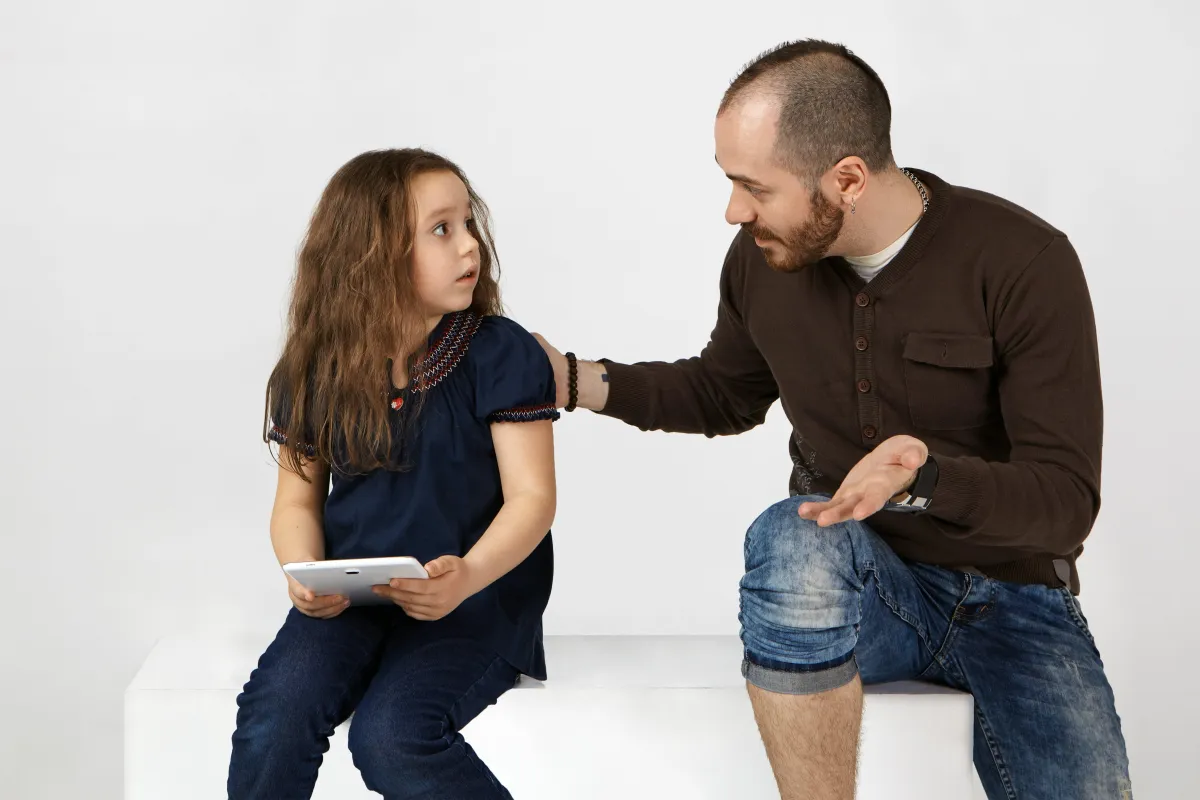Divorce Is Hard: Why It Hurts So Much and What You Can Do About It

Introduction
If you typed “divorce is hard” into Google, chances are you’re in pain.
Maybe you’re curled up on the couch, staring at a quiet home that doesn’t feel like home anymore. Maybe you’re functioning on the outside—but crumbling inside. Or maybe you just need someone, anyone, to tell you that what you’re feeling is normal.
Let’s start here: Divorce is hard because it hurts. And that hurt is valid.
This isn’t a “10 tips to move on” kind of article. This is a space to exhale. To understand why divorce feels like such a wrecking ball—and how, slowly, gently, you can begin finding solid ground again.
We’ll talk about:
Why this pain is so heavy
The emotional challenges you might be facing
How to cope when it feels unbearable
What healing could look like—even if you're not there yet
You're not alone. You're not broken. You're grieving.
Why Divorce Feels So Hard
You’re Losing More Than a Partner
You’re not just ending a relationship. You’re losing:
A shared identity
A sense of emotional safety
Daily routines—morning coffee, texts, weekend rituals
A future you thought was certain
“Divorce is the death of a future you planned.”
This is why it hits so deeply. It’s not just the person—it’s the life you built around them.
It Feels Like a Personal Failure (Even If It’s Not)
Society teaches us that lasting relationships = success. So when a marriage ends, it can feel like you failed—even if you did everything you could.
The truth?
Sometimes love changes. Sometimes people grow apart. And that doesn’t make you a failure.
You’re Grieving Someone Who’s Still Alive
One of the strangest parts of divorce grief is that your ex might still be around:
Co-parenting
Showing up on social media
Moving on while you're still shattered
It’s like mourning someone who’s alive—and still visible. The emotional dissonance can be unbearable.
Stat: Nearly 20% of divorced people experience major depressive symptoms post-divorce
(Source: American Psychological Association)
Common Emotional Challenges That Make Divorce So Difficult
Emotional Whiplash
You may feel:
Sad in the morning
Angry by noon
Guilty by 3 PM
Hopeful at dinner
Numb by bedtime
This emotional rollercoaster is exhausting—but it’s also normal.
Grief doesn’t follow a schedule. It surges. It stalls. It loops.
Social Isolation and Stigma
Divorce often comes with silence. Friends don’t know what to say. People choose sides. Or worse, they disappear altogether.
You might feel like:
You're the only one going through this
You're being judged
You can’t talk about it without making people uncomfortable
Please know: there is nothing shameful about hurting.
Fear of the Unknown
“What now?”
“Will I ever love again?”
“How do I survive financially?”
“Who am I without them?”
These fears are valid. And while they can feel paralyzing, naming them helps reduce their power.
Try this: Write down your top 3 fears. Say them out loud. You don’t need to solve them today—just acknowledge them.
How to Cope When Divorce Feels Unbearable
Let Go of the “Shoulds”
“I should be over this by now.”
“I should be stronger.”
“I should have seen it coming.”
These internal narratives are cruel, and they aren’t helping you heal.
Try replacing them with:
“I’m doing my best.”
“I’m allowed to hurt.”
“This pain is part of my process.”
Create Safe Spaces to Fall Apart
You don’t need to hold it together all the time.
Find private spaces where you can:
Scream
Cry
Write unsent letters
Talk to yourself in the mirror
Record voice notes when the pain swells
You don’t need to explain your grief to anyone but yourself.
Focus on Micro-Wins
Some days, surviving is enough.
You got out of bed.
You fed yourself.
You answered one text.
That’s not failure—that’s resilience in motion.
E-A-T Tip: Trauma-informed therapists can help you process grief in safe, supported ways. Consider online platforms like Rebuilders International.
What Healing Might Look Like (Even If It’s Not Here Yet)
The Pain Doesn’t Disappear — It Transforms
One day the pain will feel:
Less sharp
Less all-consuming
More like a scar than an open wound
You’ll still remember. But it won’t break you anymore.
You’ll Start to Feel Okay Without Realizing It
Healing sneaks in like this:
You laugh, and it doesn’t feel like betrayal
You go hours—then a day—without thinking of them
You notice a sunrise, a song, a small joy
And slowly, life starts to expand again.
“Healing doesn’t mean the damage never existed. It means it no longer controls your life.” — Unknown
Final Words: You’re Not Weak — You’re Human
It’s hard because you cared.
It’s hard because it mattered.
It’s hard because you loved.
You don’t have to have it all figured out.
You just need to know this:
You will not feel this way forever.
You are not broken—you are becoming.
Related Posts

Helping Kids Adjust to a New Normal After Divorce
Divorce turns your kids’ world upside down—new routines, two homes, and feelings they can’t quite name. As a parent, you might try to smooth it over with extra hugs or packed schedules, but that’s not enough. At Rebuilders International, we’ve spent over 40 years helping families find their footing with our proven approach, backed by the Fisher Divorce Adjustment Scale (FDAS). This isn’t about fixing your kids—it’s about guiding them to feel safe in a new normal. Here’s how to start today.
Why Kids Struggle with Change
Divorce doesn’t just shift your kids’ address—it shakes their sense of security. They pick up on your stress, miss the old rhythms, and worry they’re to blame. People might say, “They’re resilient,” but our method, tested by thousands, shows kids need active support to process change. The FDAS, with its .93 reliability, proves that helping them name and release emotions builds trust and stability. Let’s explore how you can make that happen.
5 Rebuilders Steps to Support Your Kids
These steps, drawn from our 10-week workshop, adapt our tools to help kids adjust, rooted in connection and emotional clarity:
Listen to Their Heart
Kids often hide big feelings, thinking you can’t handle them. Our Empowerment Triangle—caring, vulnerability, assertiveness—teaches you to ask, “What’s one thing you’re feeling today?” A 10-year-old in our groups once said, “I’m scared you’ll leave too,” and it opened a door. Try it: listen without jumping to fix. It’s like our grief work, helping kids feel heard.Teach “I Am Enough”
Divorce can make kids feel they caused the split. Our core belief? They’re a “gem,” whole as they are. Try this: each night, say together, “I am enough.” A mom in our support group said her son’s frowns turned to grins over weeks. This practice, tied to our self-worth tools, helps kids feel steady, no matter the changes.Check Your Own Progress
Your emotional clarity helps your kids. Our free self-test takes 10 minutes and shows where you’re at—maybe stuck in grief or low on trust. A dad saw his scores and said, “I need to heal to help them.” Knowing this, like our RIFT framework’s thinking phase, lets you model strength for your kids.Create One Shared Anchor
Kids crave consistency. Pick one small ritual—like a bedtime story or a weekly pancake morning—and keep it steady, even across homes. Our program’s challenge behaviors show action builds security. A client said her daughter clung to their “joke of the day” like a lifeline. Choose one thing you can both count on—it’s a bridge to their new normal.Join Our Community
Parenting post-divorce feels lonely, but our online groups connect you with others tackling the same questions—like how to answer, “Why’d you split?” One parent learned to say, “We’re still your team, just apart,” easing her kid’s fears. Share tips, find support, and show your kids you’re not alone. Our tools make connection a family strength.
A New Normal They Can Trust
Helping kids adjust to a new normal after divorce is about building a world where they feel safe, not erasing what was. Our structured approach has guided thousands since 1974, with workshop completers since 2021 showing stronger family bonds via FDAS scores. You and your kids can find that stability too, one real moment at a time.
Need Support? We’re Here
This journey’s tough, but our programs—online, in-person, or self-paced—give you tools and a community to lean on. Visit our homepage or book a free clarity call. Want to start light? Join our free support group Tuesdays online.
You’re Their Guide—You’ve Got This
Your kids are watching you for cues. What’s one way you’ll help them feel safe today? Drop it below—we’re here for you!

